One gratifying conclusion of the Cradle to Cradle (C2C) Summit on construction and architecture that took place in Berlin in mid-September is that Cradle to Cradle is reaching expert audiences.
Architects, planners and numerous companies who optimise their products based on the C2C principles met at the Umweltforum in Berlin to discuss challenges inherent in the topic.
After all, changing production processes as well as products themselves isn’t an easy task. Consequently, “we’re on our way” was among the most frequent statements given by speakers and visitors. That’s a lot more than just five or six years ago. The Cradle to Cradle idea is gradually entering popular culture.
We’ve almost reached a point where it is no longer necessary to explain what the design concept actually involves. It assumes all materials to be nutrients that can be reused in infinite cycles − provided that the materials used during production can be separated again once the resulting products reaches the end of its life.
C2C DEBATE DEVELOPS FURTHER
This isn’t an easy task, especially in the construction sector. Tiling adhesives, for example, have precisely one task: they strongly and permanently interconnect two products made of different materials. How can it be produced so that it can be separated from both the tiles and the screed after a given period of use? Not all such questions could be answered at the C2C Summit. But just a few years back, they weren’t even being posed in seriousness. Instead, the entire concept was being called into question: to preserve the quality of a substance during recycling – by thinking about a product’s reutilisation as part of the design process – was simply deemed impossible at the time. That has changed, and that’s a good thing.
FIRST COMPREHENSIVE C2C RENOVATION
A place where the C2C concept has been fully integrated into the renovation of an existing building is the new Cradle to Cradle LAB at 99c Landsberger Allee in Berlin. A number of newly constructed buildings that take C2C criteria into account already exist. The C2C LAB in Berlin is the first complete building refurbishment performed by Cradle to Cradle standards − in a prefabricated structure, no less.
The headquarters of C2C e.V., a space of approximately 400 square metres in an old pharmacy in a 1980s East Berlin prefab building, has been redesigned following all C2C rules. The materials used have been documented. As a result, the office can be regarded as a storage facility for materials − in case of another conversion or its demolition they can be better reused. The office serves as a real-life laboratory for Cradle to Cradle. It aims to establish itself as an education centre for the work of Cradle to Cradle e.V. and as a demonstration of how construction projects can be realised with positively defined materials.
CONSTRUCTION AS A CHALLENGE
Help came from many companies that have committed themselves to the C2C design concept. Some of them are “old hands”, others are companies whose first contact with C2C came as a result of the requirements of this building project. For entrepreneurs and craftsmen it often meant that they had to do things differently from how they had always done them: Tiles were mounted on loam plaster, so that they can one day be loosened easier, sewage pipes were made from polyethylene instead of PVC. Cables were laid in surface-mounted aluminium guides. Windows and doors were not foamed, but screwed with the insulation material inserted loosely − a challenge for the drywall builders.
The list goes on, and it includes another important element of the Cradle to Cradle idea: usage instead of ownership. Although a dishwasher is present in the office only the service it provides – rinsing the dishes – has been purchased. The device itself remains the property of the manufacturer. The idea behind it: Once the manufacturer gets his machine back, he hopefully put some careful consideration into what kind of dishwashers he builds. In areas where this is not possible, durable and repairable devices were purchased. This applies to the kitchen as much as it does to the IT department, where modular and repairable phones were purchased. Easy accessibility in terms of design and colour schemes and green interiors to purify the air round off the healthy, humane and environmentally friendly environment.
If you find yourself looking for inspiration, you’re very welcome to visit 99c Landsberger Allee in Berlin − the C2C e.V. office is usually staffed during normal business hours. Calling ahead however can’t hurt. And, by the way: The rooms can be rented for events.
To the website of the Cradle to Cradle LAB
An article about the LAB in the Frankfurter Rundschau
 Monika Griefahn GmbH
Monika Griefahn GmbH
Leave a Reply